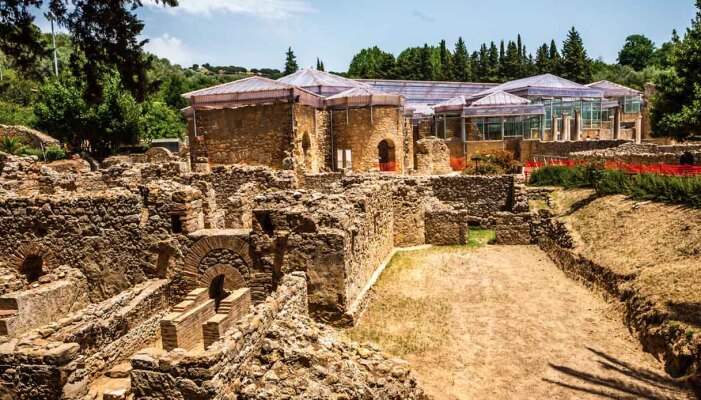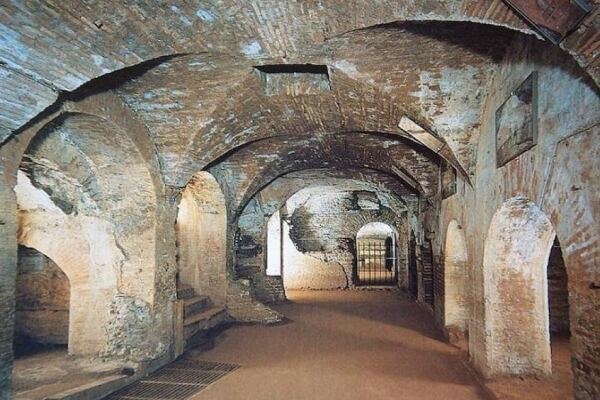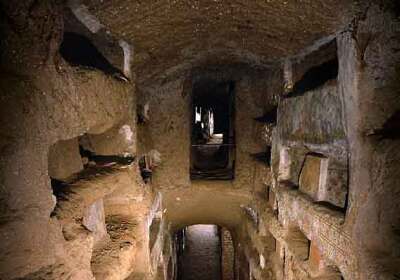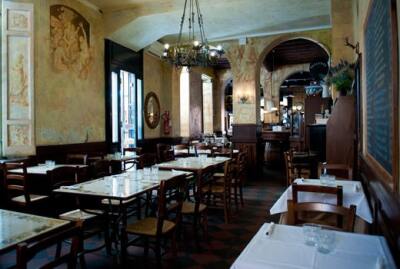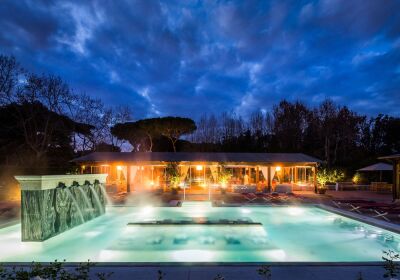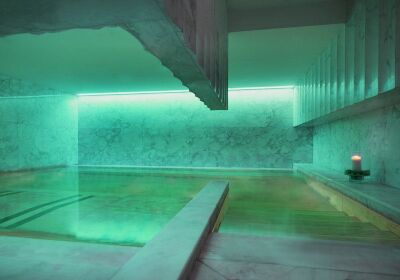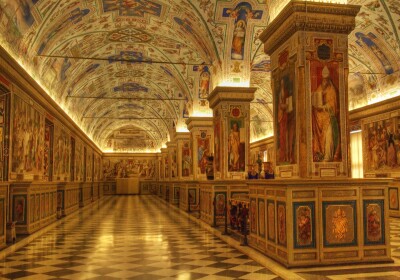Colosseum
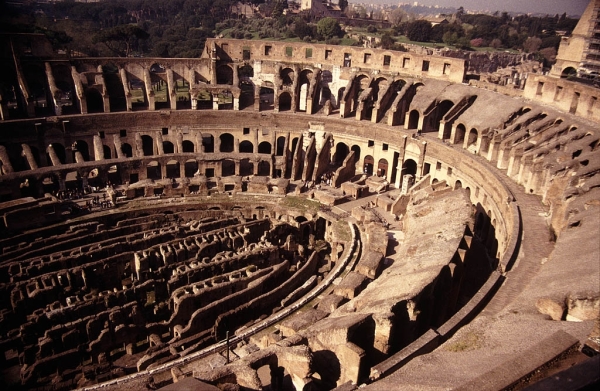
The Colosseum, also known as the Flavian Amphitheater, is an iconic ancient Roman amphitheater located in the heart of Rome, Italy. Built in 70-80 AD by Emperor Vespasian and his son Titus, the Colosseum was used for gladiatorial contests, animal hunts, executions, re-enactments of famous battles, and other public spectacles.
The Colosseum is one of the largest amphitheaters ever built, with a capacity to hold up to 80,000 spectators. It is constructed of concrete and sandstone and stands at over 150 feet tall. The elliptical shape of the arena allowed for optimal viewing from all angles.
Despite being partially ruined due to natural disasters and vandalism over the centuries, the Colosseum remains a symbol of ancient Roman engineering and architecture. It has been designated as a UNESCO World Heritage Site and is one of Rome's most popular tourist attractions.
Visitors can explore the interior corridors and chambers of the Colosseum, learning about its history through informative displays and exhibits. Guided tours are available for those who want a more in-depth understanding of this historic site.
Overall, the Colosseum is a must-see destination for anyone visiting Rome, offering a glimpse into the grandeur and brutality of ancient Roman entertainment.
Quaint Market Towns
The Colosseum 1 Lazio, also known as the Colosseum of Rome, is an ancient amphitheater located in the heart of Rome, Italy. Built in the 1st century AD, it was originally used for gladiatorial contests and public spectacles such as animal hunts and mock sea battles.
Over time, however, the Colosseum fell into disrepair and was no longer used for its original purpose. In the Middle Ages, parts of the structure were repurposed for various uses including housing, workshops, and even a fortress.
In more recent times, the Colosseum has been restored and preserved as a major tourist attraction in Rome. It is now a UNESCO World Heritage Site and attracts millions of visitors each year who come to marvel at its architectural beauty and historical significance.
While the Colosseum itself is not used as a market town, there are quaint market towns surrounding Rome where locals and tourists alike can shop for fresh produce, handmade goods, and souvenirs. These markets offer a glimpse into daily life in Italy and provide an opportunity to experience traditional Italian culture firsthand.

